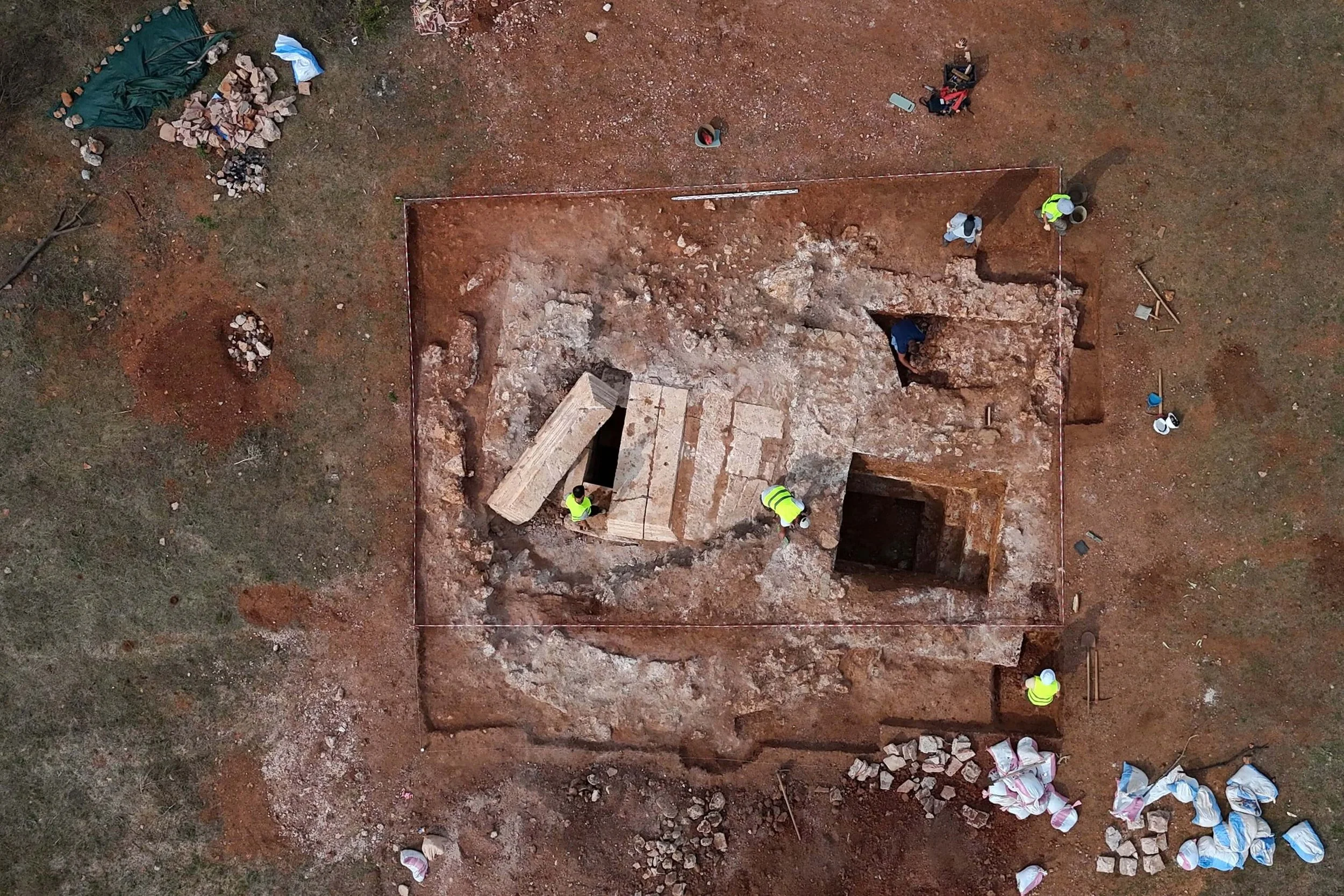Massive stone walls, known as Cyclopean walls, have puzzled historians and archaeologists for centuries. Constructed by ancient civilizations such as the Mycenaeans and the Incas, these walls are characterized by their enormous, irregularly shaped stones, meticulously fitted together without the use of mortar. The methods used to build these impressive structures remain a subject of debate, with various theories offering insights into their construction techniques.
The Mycenaean Cyclopean Walls
The Mycenaeans, a dominant civilization of the Late Bronze Age (1600–1100 BCE), built formidable fortifications, including the famous walls of Mycenae and Tiryns. These structures, composed of massive limestone blocks, were so enormous that later Greeks attributed their construction to the Cyclopes, mythical one-eyed giants. The exact method used by the Mycenaeans remains uncertain, but archaeologists suggest that ramps, levers, and a well-coordinated workforce enabled the transportation and placement of these heavy stones.
The Inca Mastery of Stonework
In South America, the Incas created similarly astounding structures, most notably Sacsayhuamán in Cusco, Peru. These walls feature precisely cut stones that interlock so perfectly that even a knife blade cannot fit between them. Unlike the Mycenaeans, the Incas used no metal tools but instead relied on stone hammers and chisels to shape the rocks. Some theories propose that they employed a combination of carving, polishing, and a keen understanding of gravity to align the stones flawlessly.
Theories on Construction Techniques
Various theories attempt to explain how ancient builders moved and assembled these immense stones:
Manpower and Simple Tools: Some scholars believe that large teams of workers, using levers and inclined planes, gradually maneuvered the stones into position.
Softening of Stone Theory: A controversial hypothesis suggests that some civilizations possessed knowledge of plant-based substances capable of softening rock, allowing it to be molded into place.
Seismic Engineering: Some researchers argue that the irregular shapes of the stones were intentionally designed to withstand earthquakes, a feature evident in both Mycenaean and Inca constructions.
The Lasting Mystery
Despite numerous studies, the precise methods used to construct Cyclopean walls remain largely speculative. The craftsmanship and durability of these walls continue to inspire awe, showcasing the engineering genius of ancient civilizations.
Conclusion
The Cyclopean walls stand as a testament to the ingenuity and skill of ancient builders. Whether through brute force, advanced engineering, or lost techniques, these impressive structures highlight humanity’s enduring quest to shape and fortify its environment. Further archaeological research may one day unlock the full secrets behind their construction.







